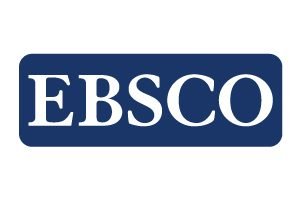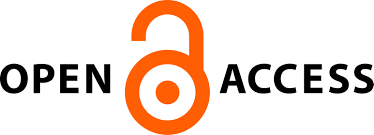Content-Based Approach in Developing Listening Comprehension in English Language: Basis for Proposed Listening Activities
DOI:
https://doi.org/10.11594/ijmaber.04.01.22Keywords:
Listening, Listening Comprehension, Content-based Approach, , Top-Down Theory, Bottom-Up Theory, English, Education, Philippines, Developing Listening Comprehension SkillsAbstract
This study was based on the teacher's observations of the students' comprehension of questions, passages, and literary works during the listening session. One of the numerous reasons why listening comprehension is underestimated among the four macro skills is the lack of exposure to real-world content. Numerous listening resources also conflict with the students' real-world circumstances and past knowledge, making it difficult for them to stay involved in the course. This is the justification for the study's execution. In that situation, the researcher searched for strategies and listening practice materials to aid the students in developing their English listening comprehension abilities by turning to the content-based method for support and developed listening exercise materials that would aid in the English language learning of grade 8 children. Pre-experimental design with a single group pretest-posttest was the methodology employed in this study. Based on the pretest they took prior to the treatment, 100 eighth-grade students' listening comprehension abilities were evaluated. After that, a post-test was administered to gauge how well the treatment and content-based approach had worked. The researcher also used the following statistical software or formulas: Probability and percentage distribution, standard deviation, t-test, and weighted mean: Assuming Equal Variances for Two Samples.
Downloads
References
Azizinia, H., Sadeghoghli, H., & Mohebkhah, V. (2017). A study of English listening comprehen-sion improvement via product-vs. process-oriented tactics: The case study of Shiraz EFL learners. International Journal of Research in Eng-lish Education, vol. 2 (3), 22-31.
Braganza, K. C. F., De Guzman, A. B., Gonzaga, R. M., & Llamasaresa, E. K. L. (2016). A conjoint analysis of the listening activity preferences of a select group of grade 7 and 8 students from Philippine provin-cial schools. International Journal of Education and Research, vol. 4 (7), 467-482.
Bozorgian, H. (2012). The relationship between listening and other language skills in international English language testing system. Theory and Practice in Language Studies, Vol. 2 (4), 657-663.
Calub, C. et.al. (2000). Listening comprehension difficul-ties of college students: basis for remediation strategies in the classroom. Education, 2005.
Cubalit, A. N. (2016). Listening comprehension problems of Thai English learners. In Proceedings of the Third International Conference on Language, Literature & Society (p.p. 207-214).
Esnara, C. B. (2021). Assessing the Listening Proficiency of ESL Students in a Pandemic. International Jour-nal of Linguistics, Literature and Translation, vol. 4 (4), 90-99.
Gilakjani, A. P. (2016). The significance of listening com-prehension in English language teaching. Theory and Practice in Language Studies, vol. 6 (8), 1670.
Lai, Y., & Aksornjarung, P. (2017). The effects of content-based instruction on listening and speaking abili-ties of Thai EFL university students. Journal of Creative Practices in Language Learning and Teaching, vol. 5 (2), 1-20.
Morley, H. J., & Lawrence, M. S. (1971). The use of films in teaching English as a second language 1. Lan-guage Learning, vol. 21 (1), 117-117.
Segarino, G. M., Labisig, J., Calmerin, L., & Cabello, C. (2022). SIMS as Intervention in Enriching the Teaching of Fundamental Operations in Mathe-matics: An Action Research. Psychology and Educa-tion: A Multidisciplinary Journal, vol. 5 (1), 11-20.
Stratton, S. J. (2019). Quasi-experimental design (pre-test and post-test studies) in prehospital and dis-aster research. Prehospital and disaster medicine, vol. 34 (6), 573-574.
Ulum, Ö. G. (2015). Listening: The Ignored Skill in EFL Context. Online Submission, vol. 2 (5), 72-76..
Zohrabi, M., Sabouri, H., & Behgozin, M. (2015). The im-pact of pre-listening activities on Iranian EFL learner’s listening comprehension of authentic English movies. International Journal on Studies in English Language and Literature, vol. 3 (2), 42-56.
Downloads
Published
Issue
Section
License
Authors who publish with this journal agree to the following terms:
Authors retain copyright and grant the journal right of first publication with the work simultaneously licensed under a Creative Commons Attribution License that allows others to share the work with an acknowledgement of the work's authorship and initial publication in this journal.
Authors are able to enter into separate, additional contractual arrangements for the non-exclusive distribution of the journal's published version of the work (e.g., post it to an institutional repository or publish it in a book), with an acknowledgement of its initial publication in this journal.
Authors are permitted and encouraged to post their work online (e.g., in institutional repositories or on their website) prior to and during the submission process, as it can lead to productive exchanges, as well as earlier and greater citation of published work (See the Effect of Open Access).

















